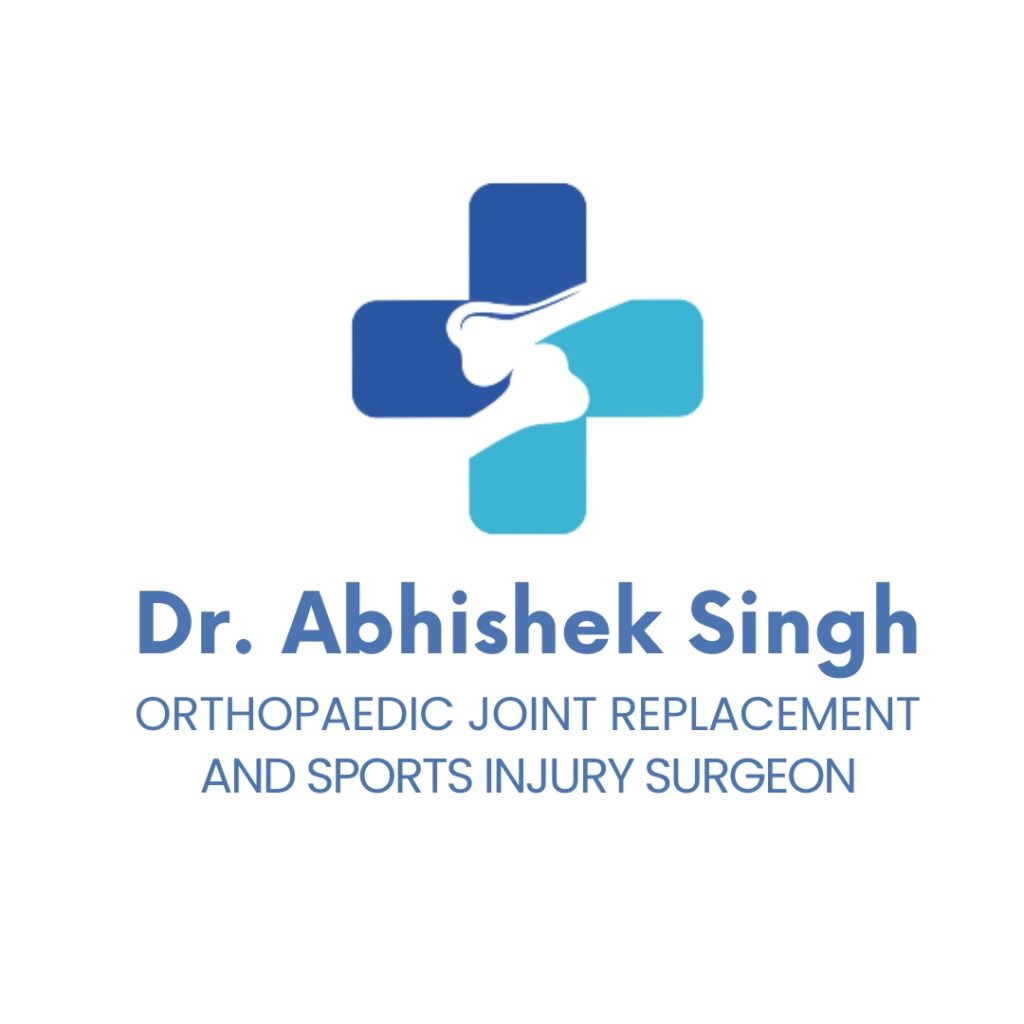ROTATOR CUFF REPAIR

ROTATOR CUFF REPAIR
Rotator Cuff Repair is a surgical procedure aimed at repairing a torn or damaged rotator cuff in the shoulder. The rotator cuff consists of four muscles and tendons that stabilize the shoulder joint. Tears can occur due to injury, overuse, or aging. In the procedure, the surgeon reattaches the torn tendons to the humeral head (upper arm bone) using sutures or anchors. The surgery can be performed arthroscopically (minimally invasive) or through open surgery, depending on the severity of the tear. Post-surgery, a structured rehabilitation program is essential for restoring strength, range of motion, and function to the shoulder. The goal is to alleviate pain, improve shoulder stability, and allow patients to return to daily activities or sports.
- Flexible and fast scheduling
- Regular quality assurance
Here’s how it works:
Diagnosis and Imaging
Before surgery, MRI or ultrasound scans are conducted to assess the extent of the rotator cuff tear and identify the best surgical approach.
Anesthesia Administration
The patient is given general anesthesia or regional nerve block to ensure a pain-free and comfortable surgical experience.
Arthroscopic or Open Incision Access
Surgeons either use a minimally invasive arthroscopic method (small incisions and camera-guided instruments) or an open technique, depending on the tear's severity.
Debridement and Preparation
Damaged tissue is cleaned, and the bone surface (humerus) is prepared to enhance tendon attachment and promote healing.
Tendon Reattachment
The torn rotator cuff tendon is anchored back to the bone using sutures and specialized anchors made of metal or bioabsorbable material.
Wound Closure and Dressing
The incisions are carefully closed with sutures or surgical glue, and the shoulder is bandaged to reduce swelling and protect the repair.
Postoperative Rehabilitation
A structured rehabilitation plan involving physical therapy is initiated to restore strength, flexibility, and full range of motion over time.
Anterior Cruciate Ligament (ACL) surgery is commonly used for conditions like
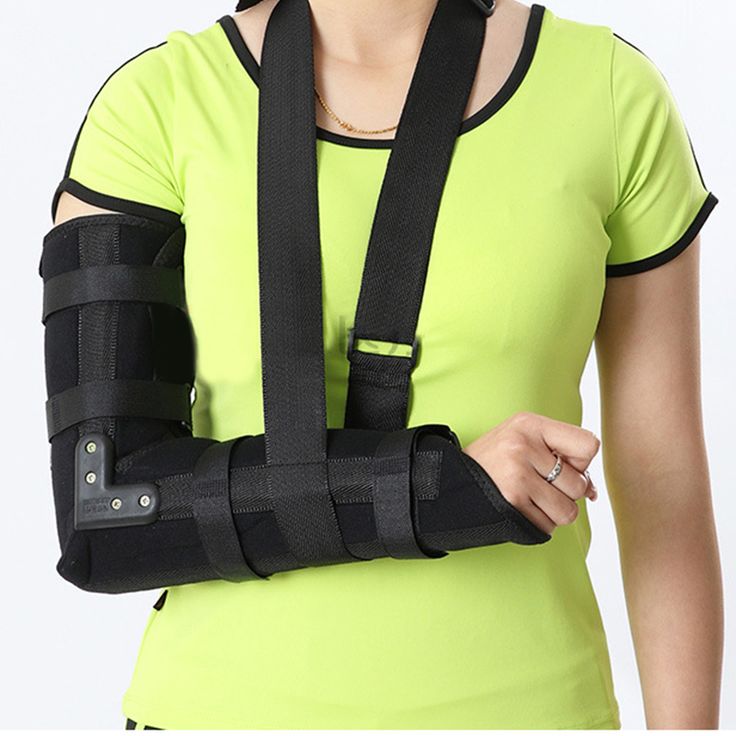
Rotator Cuff Tear (Partial or Full-Thickness):
Often caused by trauma (e.g., falls, lifting injuries) or chronic overuse, especially in athletes or labor-intensive professions. Full-thickness tears usually require surgical intervention.
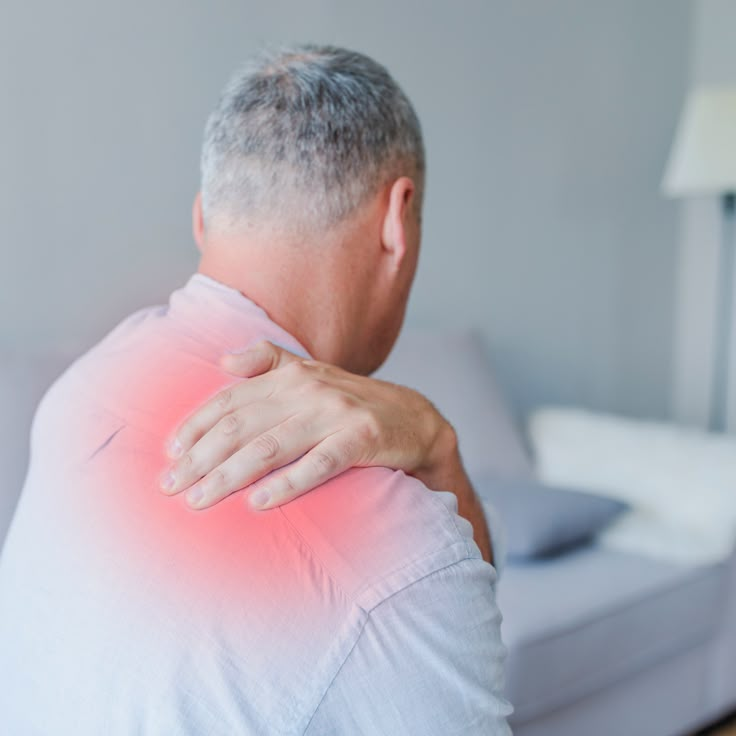
Chronic Tendinopathy (Degenerative Wear):
Age-related tendon degeneration weakens the rotator cuff over time, leading to partial or complete tearing, especially in individuals over 40.

Impingement Syndrome:
Occurs when the rotator cuff tendons are compressed during shoulder movements, leading to inflammation, pain, and eventual tearing if untreated.
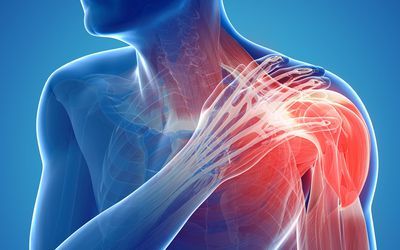
Acute Trauma:
Direct injury, such as shoulder dislocation or fracture, can cause immediate damage to the rotator cuff, particularly in younger patients or athletes.
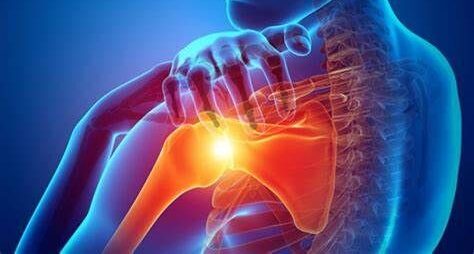
Calcific Tendinitis:
Calcium deposits within the tendon can lead to chronic pain, inflammation, and weakening of the cuff, often culminating in surgical repair when conservative treatment fails.
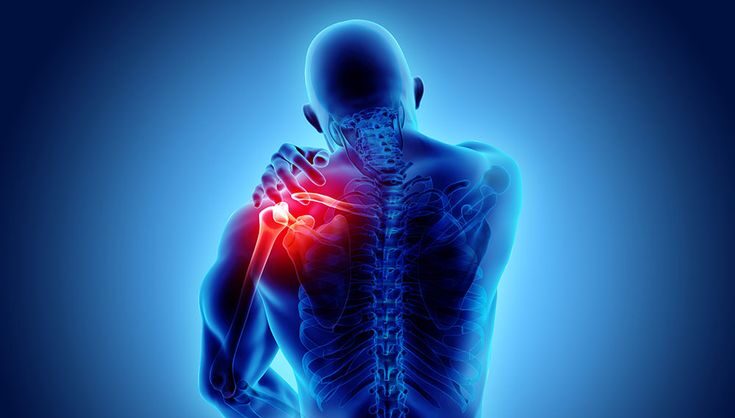
Failed Conservative Treatment:
Surgery is recommended when non-surgical methods (physical therapy, injections, medications) fail to resolve pain or restore function after 3–6 months.
